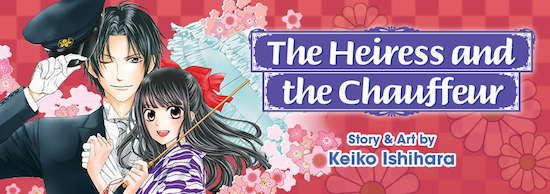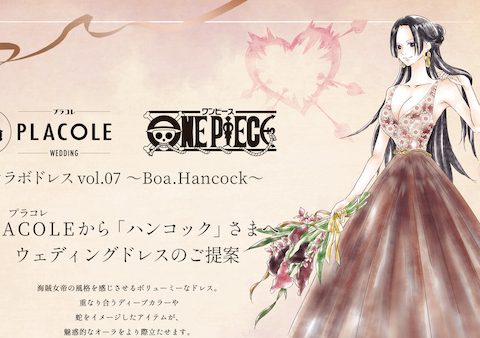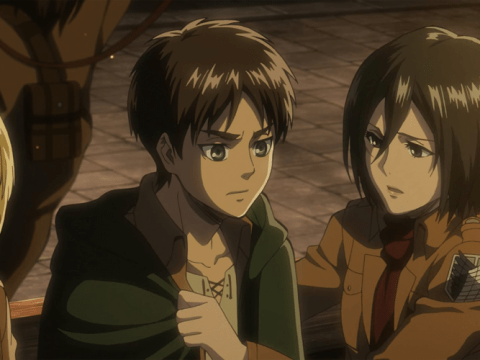
It’s the Taisho Era and Sayaka and Narutaki have a forbidden relationship. She’s a nouveau riche heiress and he’s her servant—specifically her chauffeur—who’s been working for her family for years.
There’s a five year age difference between them, and Sayaka’s mother died and her father ignores her. While the father gets mentioned, he doesn’t grace any of the pages here. Sayaka also wounded her foot as a child, making it hard for her to get around. So here comes Narutaki, who not only became her new family, replacing her mother and father, but who also makes sure she gets around to everywhere she needs to go.
The two have an affectionate, close relationship and are very protective of each other. However, all society sees is the class difference. At first Sayaka is oblivious to this, but then she starts to catch on, noticing not only how many people are against their relationship, but also the double standards she and Narutaki are held to.
The Heiress and her Chauffeur is a short series, consisting of only two books. This first volume sets up the situation, showing the closeness of the couple. While it’s all about forbidden love, it doesn’t have the intensity that you sometimes see in forbidden love stories. They’re not running away together, they’re not sneaking to see each other. They’re almost always together, so there isn’t that immediacy. The things they deal with are difficult people at school or at parties. So in this sense, it’s something of a languid, easygoing forbidden love story.
But that also works in its own way. The manga shows how and why Sayaka and Narutaki are close. This isn’t one of those “They’re in love because they’re in love” stories. The background to their relationship gives this manga strength. Sayaka is outspoken and Narutaki is more demure and soft-spoken, very different from the sometimes overbearing male leads seen in manga romance stories.
The art is very charming and pretty, fitting the book just right. For fans of historical manga, it also gives a glimpse into the fashion and world of the Taisho Era. In fact, according to one of the mangaka’s notes, “[I]n the Taisho era, it was popular for young ladies to run off with their chauffeurs.” Now, that sounds like a factoid begging for a manga adaptation.
Story & Art: Keiko Ishihara
Publisher: VIZ Media
Danica Davidson’s book Manga Art For Beginners is out now. With more than 200 pages and hundreds of drawings, it takes a thorough look on each step for drawing your favorite manga character types, including ninjas, butlers, chibi, bishonen, schoolgirls and schoolboys.



![Lady Oscar: The Rose of Versailles [Anime Review] Lady Oscar: The Rose of Versailles [Anime Review]](https://otakuusamagazine.com/wp-content/uploads/2021/11/RoV_Vol2_Front_CoverArt_V1-480x360.jpg)

![Shikimori’s Not Just a Cutie [Manga Review] Shikimori’s Not Just a Cutie [Manga Review]](https://otakuusamagazine.com/wp-content/uploads/2021/05/shikimoris-not-just-a-cutie-v4-16-9-480x360.jpg)

